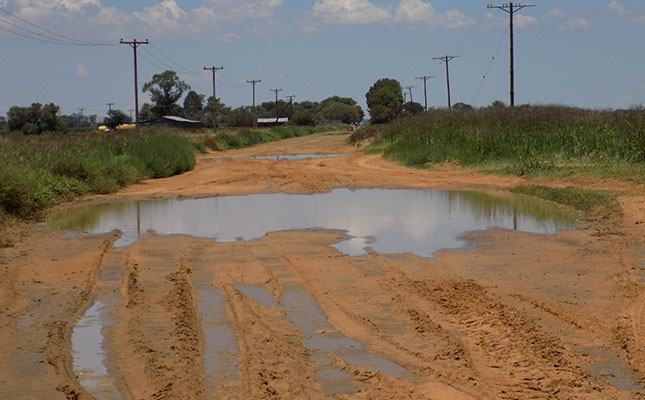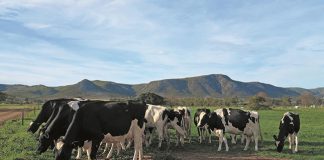
In fact, SA’s farmers that caught Dineo’s fringes were pleased with the rain it brought.
Not a single agricultural union or agricultural commodity organisation in KwaZulu-Natal (KZN), Mpumalanga or Limpopo said that they had received reports of noteworthy damage to crops and livestock.
Instead, with Dineo having been downgraded from cyclone to tropical depression by the time its edges crossed into SA, the reportedly soaking rains it brought were welcomed by farmers who were still recovering from the after-effects of the devastating three-year drought.
Sandy la Marque, CEO of the KZN Agricultural Union, said that some grateful farmers in northern Zululand reported receiving 70mm.
The SA Canegrowers Organisation said that it had not received any reports of damage to sugarcane in either KZN or Mpumalanga.
General manager of Mpumalanga Agriculture, Robert Davel, said that farmers in the east of that province were hoping that rain received from Dineo would help to increase critically low dam levels there.
Willem van Jaarsveld, CEO of Agri Limpopo, said that Dineo had moved much farther north than initially expected and so no wind damage, and even very little rain, was experienced there.
The Red Meat Producers’ Organisation, Wildlife Ranching SA, and the Subtropical Growers’ Association were all pleased to report no damage experienced by their members, and were also happy with the rain received.
The extensive wind damage expected by SA’s macadamia growers in eastern SA due to Dineo also did not materialise.
“Some areas received a small bit of hail that caused nuts to fall to the ground. Fortunately, most of these nuts were close to maturity and losses will be minimal,” said Theunis Smit of Mayo Macs.
Some of Mayo Macs’s growers in Mpumalanga and Limpopo’s Levubu area reported receiving 130mm to 180mm of rain.











